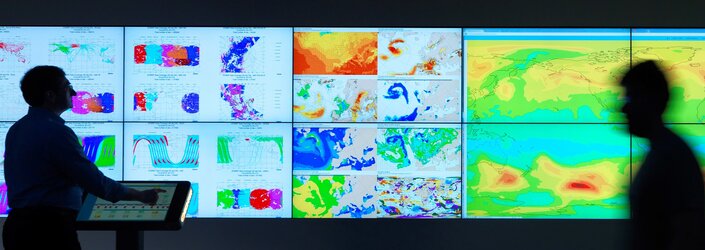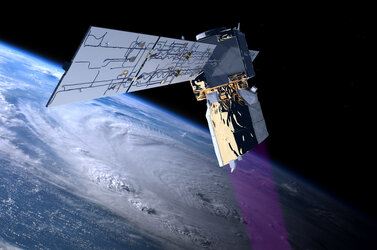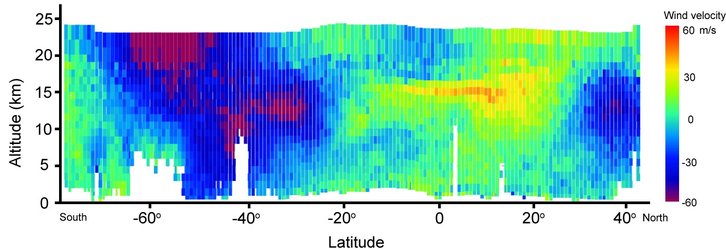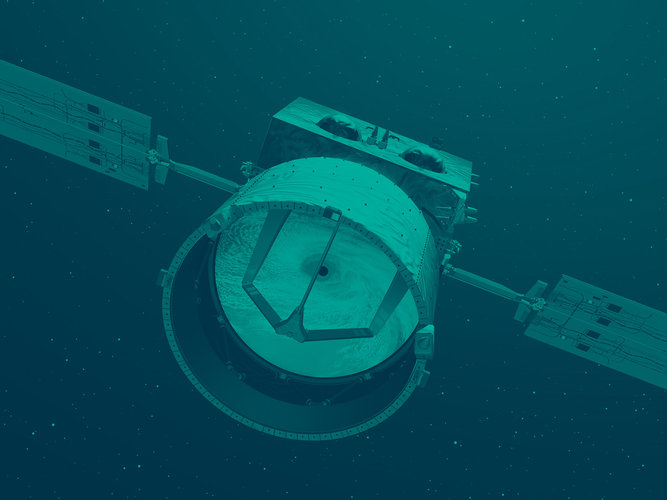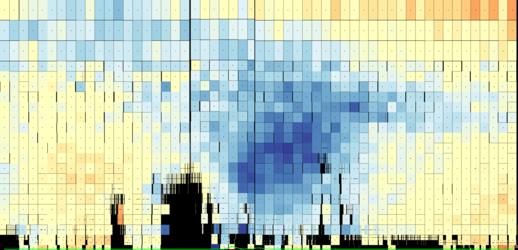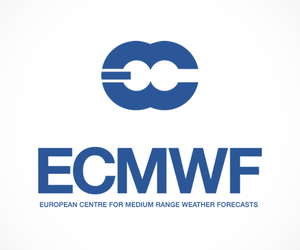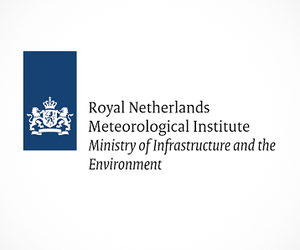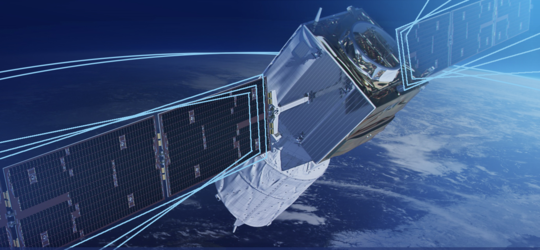COVID-19: Aeolus and weather forecasts
We are all too aware that COVID-19 is a serious threat to health, is putting huge pressure on healthcare systems and it could leave the global economy struggling for years to come. With lockdown measures in force across the globe, the pandemic is also affecting aspects of everyday life that may not be so obvious. The drop in commercial flights, for example, has led to fewer measurements for weather forecasts, but fortunately, ESA’s Aeolus satellite mission is helping to fill the gap.

The COVID-19 pandemic is affecting countless industries across the globe. The travel industry is one of the hardest hit with an unprecedented decline in air traffic. Under normal circumstances, commercial aircraft equipped with sensors supply measurements of temperature, wind speed and wind direction in the atmosphere below 13 km. Without these measurements, the weather forecasts we take for granted everyday would be much less accurate.
Florian Pappenberger from the European Centre for Medium-Range Weather Forecasts (ECMWF) in the UK, said, “Measurements from aircraft across Europe have dropped by 90%. We are still able to forecast the weather reliably several days ahead, but due to COVID-19 we may have temporarily lost as much skill as we gained in several years of scientific development.”
The weather is a product of chaotic processes and even very small changes in the atmosphere can lead to completely different weather conditions in the long term. This is why it is important to have the best understanding possible of the current state of the atmosphere before starting to calculate what the weather will be like days and weeks ahead.

ESA’s Aeolus mission was built to demonstrate how new spaceborne technology could profile Earth’s winds to understand how wind, pressure, temperature and humidity are interlinked – contributing to climate research and to forecasting the weather.
It works by emitting short, powerful pulses of ultraviolet light from a laser and measures the Doppler shift from the very small amount of light that is scattered back to the instrument from these molecules and particles to deliver vertical profiles that show the horizontal speed of the world’s winds in the lowermost 30 km of the atmosphere.
Aeolus has not only proved successful as a technology demonstrator and of value to science, but has surpassed expectations – and now meteorologists are already using its data operationally to improve weather forecasts.
Lars Isaksen from ECMWF, said, “Satellite data provide a lot of information on temperature and humidity fields, but less on wind fields. In January 2020, ECMWF started using wind information from the Aeolus satellite and we can now use these data to partly fill the gap caused by having fewer measurements from aircraft.”
ESA’s Jonas von Bismarck added, “The technology that Aeolus carries is exceptional and certainly proving its worth. We were all thrilled when ECMWF started using its data for weather forecasting but we never expected a situation that’s been brought about by COVID-19 – and we now see the mission playing an important role during this awful crisis.”
Dr Isaksen added, “While Aeolus is certainly helping to fill the gap, we are also releasing more radiosondes to help maintain the reliability of the weather forecasts during the crisis.”
ECMWF’s work on this topic builds on contributions from several expert centres in the ESA-funded Data Innovation and Science Cluster (Aeolus DISC), including the German Aerospace Center (DLR), ECMWF, the Royal Netherlands Meteorological Institute (KNMI) and Météo-France.


Access the video














 Germany
Germany
 Austria
Austria
 Belgium
Belgium
 Denmark
Denmark
 Spain
Spain
 Estonia
Estonia
 Finland
Finland
 France
France
 Greece
Greece
 Hungary
Hungary
 Ireland
Ireland
 Italy
Italy
 Luxembourg
Luxembourg
 Norway
Norway
 The Netherlands
The Netherlands
 Poland
Poland
 Portugal
Portugal
 Czechia
Czechia
 Romania
Romania
 United Kingdom
United Kingdom
 Slovenia
Slovenia
 Sweden
Sweden
 Switzerland
Switzerland




























